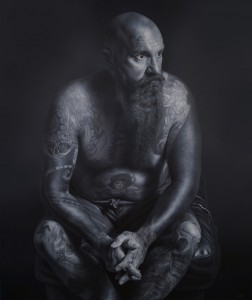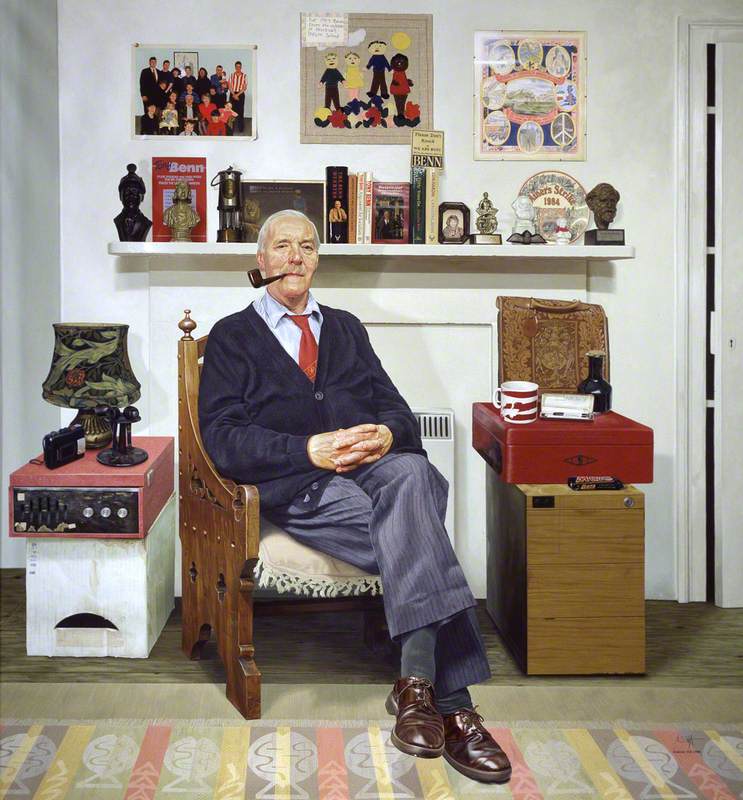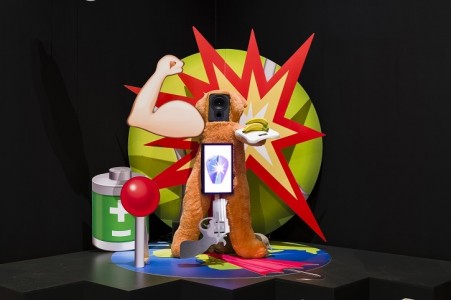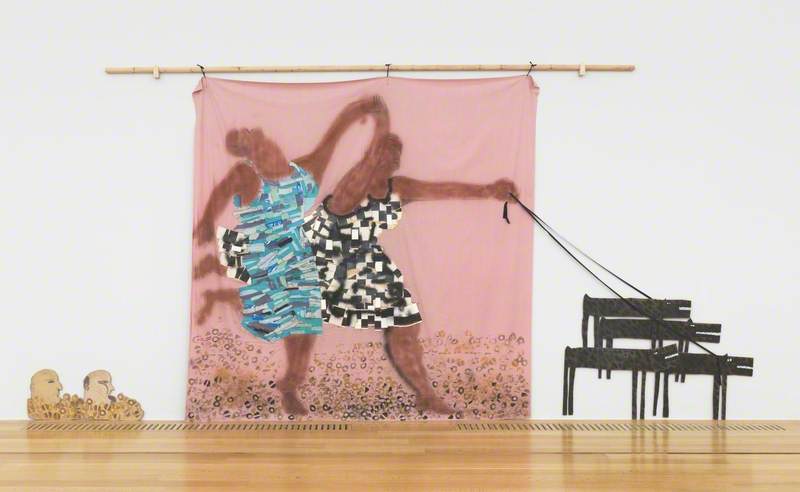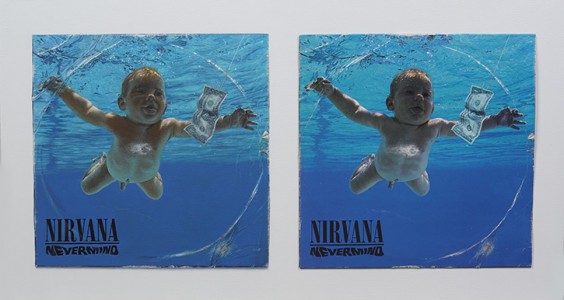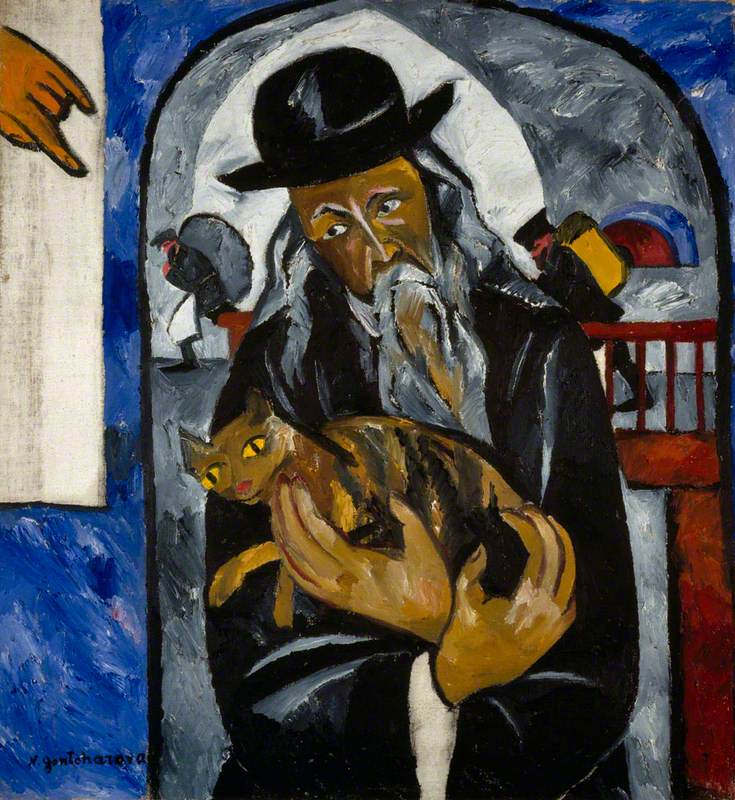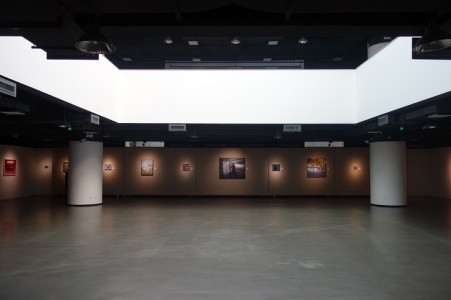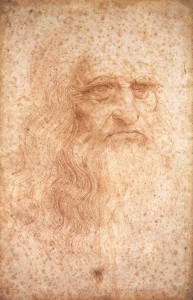Andrew Tift's new exhibition' is at Sunderland Museum & Winter Gardens as part of the nationwide 'Leonardo Da Vinci: A Life In Drawing' exhibition, running until 6th May 2019.
Drawing by Andrew Tift (b.1968)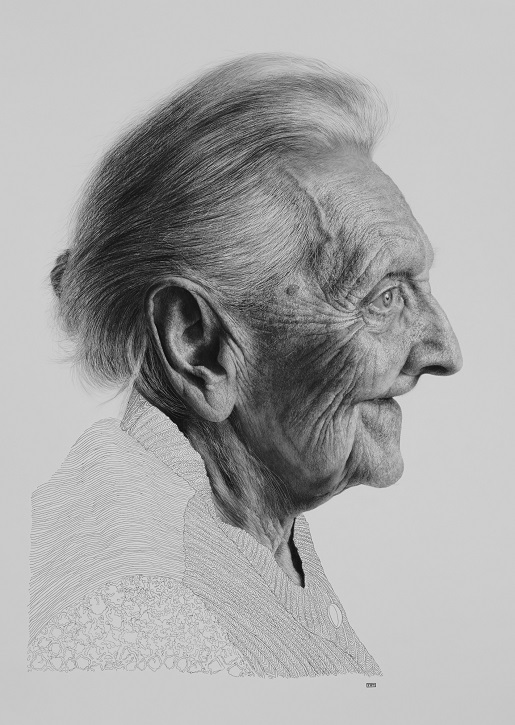
My initial conception for this exhibition came some years ago whilst reading Fannie Flagg’s novel Fried Green Tomatoes at the Whistle Stop Cafe. A simple story and not considered to be a literary classic but I found it very thought-provoking and wondered if I could do something similar in portraiture. The novel tells the story of a woman who visits an old people’s residential home in Alabama and befriends an old lady there who shares her stories of exuberance and sadness while she was growing up. The 'passing on' of these stories kept her and those people alive.
Sunderland Museum & Winter Gardens contacted me in late Spring 2018 just as I was putting the finishing touches to my solo show 'Immortalise' at The New Art Gallery Walsall, which I had been working towards for three years. I had a relationship with Sunderland going back to 1994 when I did a project in conjunction with the National Portrait Gallery and BP where I made portraits of Nissan factory workers and shipbuilders. We had discussed this new project but the timing was never quite right. Then came the 'Leonardo Da Vinci: A Life in Drawing' nationwide exhibition. The museum felt that it would compliment that show perfectly as a drawing exhibition, and so the project came to fruition.
Drawing by Andrew Tift (b.1968)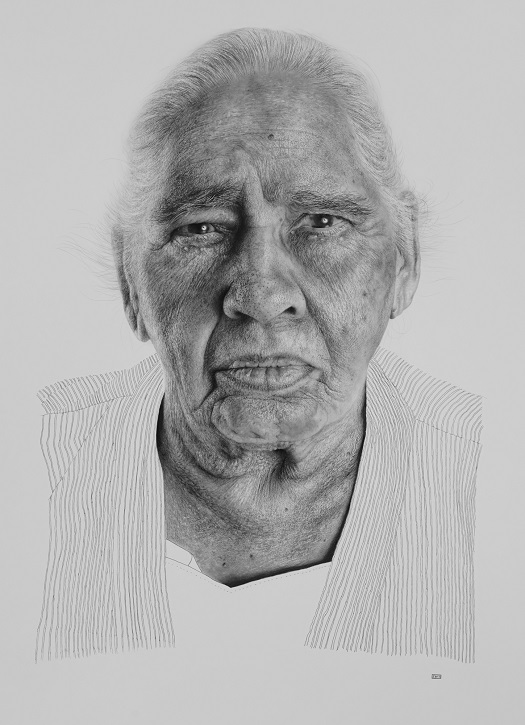
I visited three residential care homes, who were all extremely welcoming and accommodating to me, for which I am extremely grateful as I couldn’t have done it without their assistance. I wanted the project to have an indigenous feel and I focused specifically on the Washington area of Sunderland, depicting the people who had lived in, worked and defined the region.
Andrew Tift with his work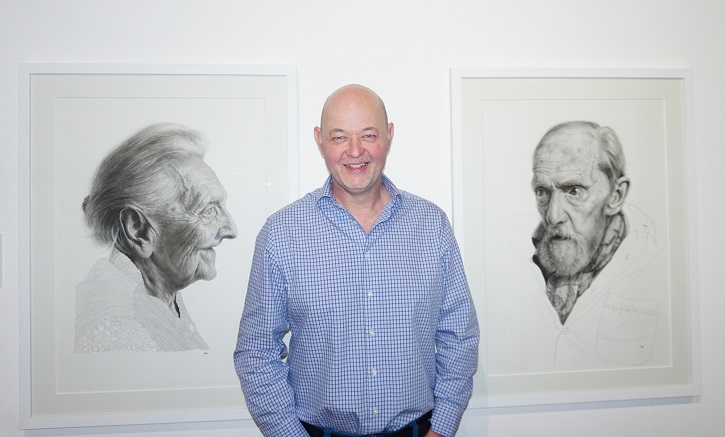
I wanted to interpret the residents very much as individuals and depict them in the most intimate and sensitive way that I could whilst always respecting their integrity and humanity. The texture of skin, bone structure, expression, mood, scars, hands, hair, eyes and clothes depicted in microscopic detail as we try to unravel that person’s identity and experience which is so ingrained within their face. There is a sense of capturing the sitters before everything is lost and disappears, with only traces of their existence left behind. Their memories, experience, stories, wisdom, opinions, thoughts and knowledge, all of a sudden will vanish. The physical, the spiritual, the tangible and the intangible.
There is also another purpose to my project which is to address the way that we care for the elderly generation now and, in particular, in the future with an ever-growing elderly population. It is a very real and important issue.
Drawing by Andrew Tift (b.1968)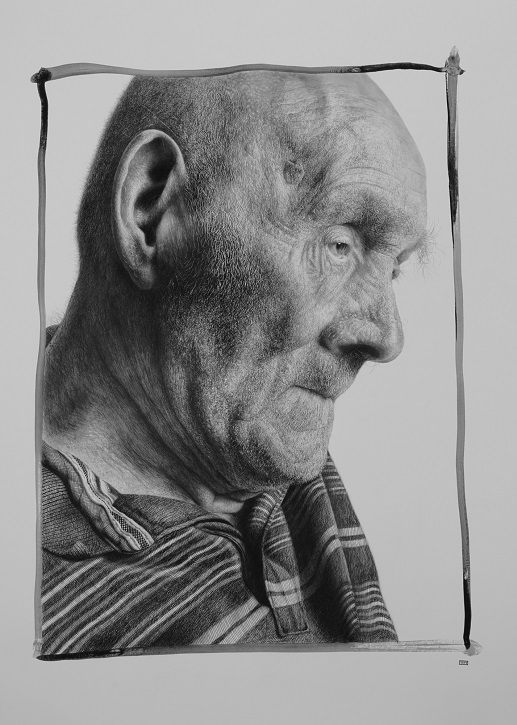
I see my practice as three corners of a triangle: painting, drawing and photography. I have an equal love and interest of each discipline and one feeds the other. For this project, I started by drawing, to put the sitters at ease and to see their faces. Then I made photographs and after that made detailed drawings in my studio.
I also made a slow-motion video of the residents sitting for me which explores and observes their features and physiognomy in a similar way that we make observational drawings but also hints at the slowed down inner-world of old age and dementia.
Drawing by Andrew Tift (b.1968)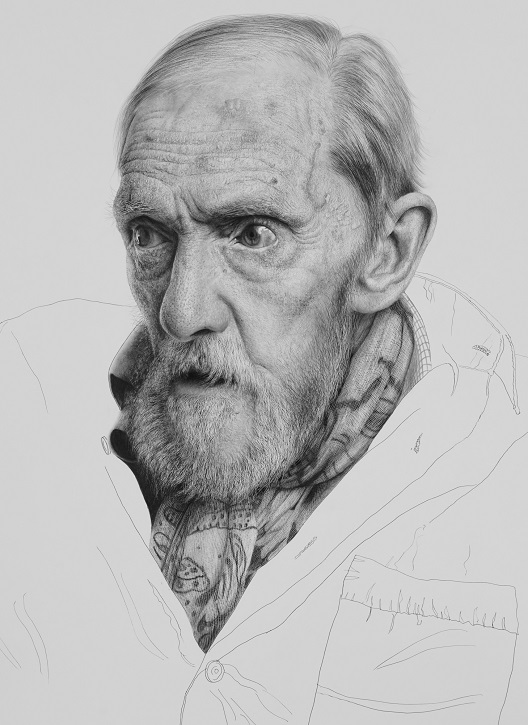
It’s difficult to talk about your own work and really that should be left to others but when I looked at the full body of work it felt authentic and poignant to me. In 25 years of making portraits, I don’t think I’ve ever had such an emotional reaction from people who have seen the show so far. Perhaps the realism of the drawings adds to the authenticity and believability of the sitters and their lives, or perhaps it’s just the theme which people are responding to. Either way, it has been an extremely absorbing project for me and I have loved making a tightly themed body of work.
Andrew Tift, artist
